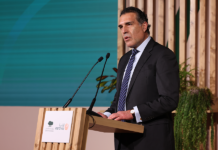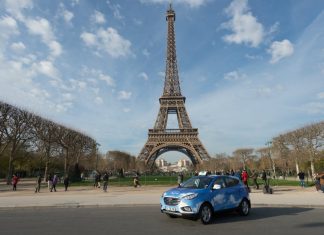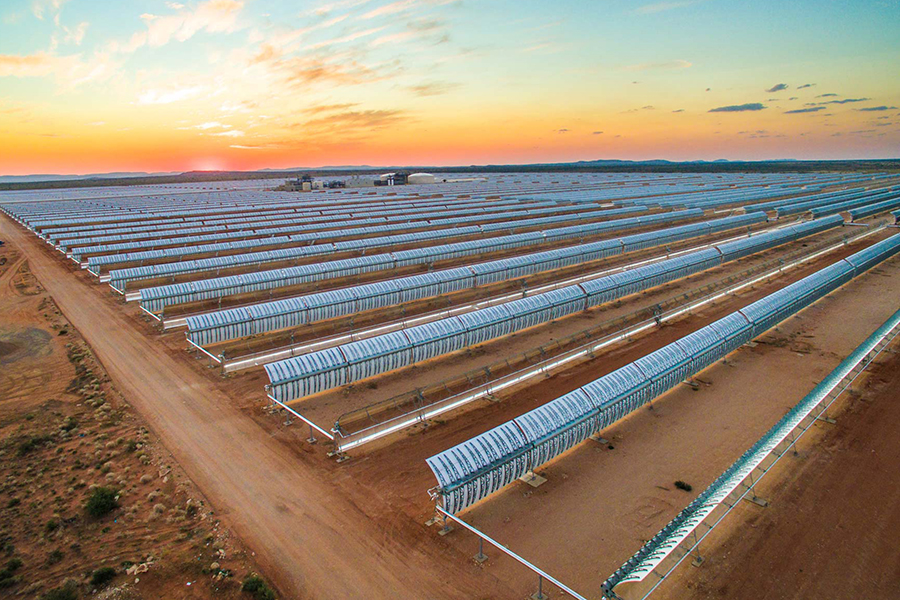
While the world’s tourism industry labours under lockdown, the visionaries at the Red Sea Project in Saudi Arabia are pressing on with a development that has the potential to transform the world of luxury travel.
In November, CEO John Pagano signed a landmark deal to power the 28,000-square-kilometre site entirely with renewable energy.
Under the largest contract awarded by the mega project so far, a consortium led by Saudi utility ACWA Power will design, build, and operate not only solar panels and wind turbines but also innovative desalination plants and waste management infrastructure.
Included in the 25-year contract is the world’s largest battery storage facility of 1000MWh, which will allow The Red Sea Project to remain completely off-grid and powered by renewables day and night.
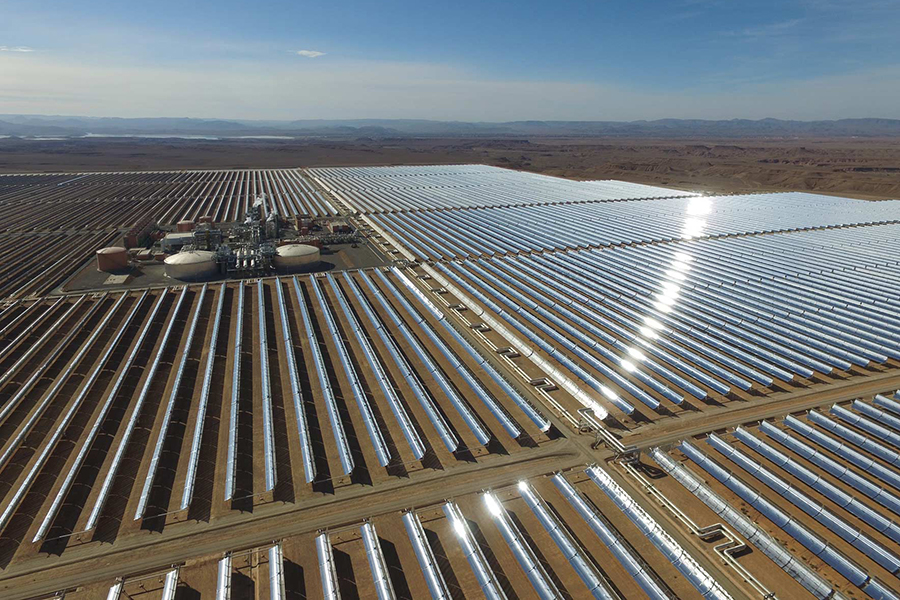
Excess power generated in the day will be stored by the batteries for consumption at nighttime by hotels, restaurants and entertainment venues across the pristine lands and waters of Saudi Arabia’s west coast, rich in natural beauty and cultural heritage.
“We’re committed to pushing the boundaries of what it means to be sustainable,” Pagano says.
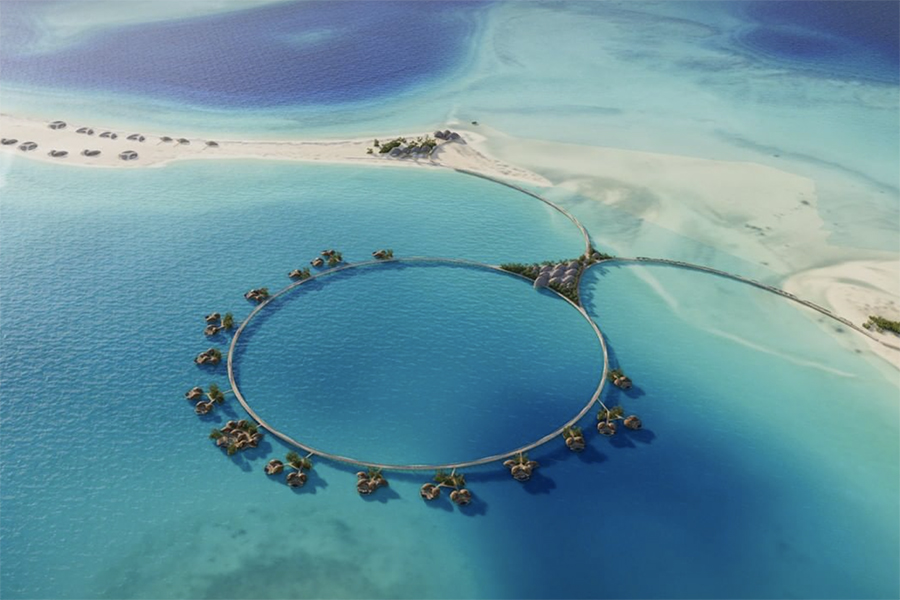
“With the largest battery storage facility in the world in place, we can guarantee that the development is 100 percent powered by renewable energy 24 hours a day, 365 days a year, an accomplishment which has never been achieved on a project of this scale before.”
Unsurprisingly, the landmark development is gaining the attention of financiers around the world. The ACWA Power consortium is financed by Saudi and international banks, including the UK’s Standard Chartered Bank and China’s Silk Road Fund.
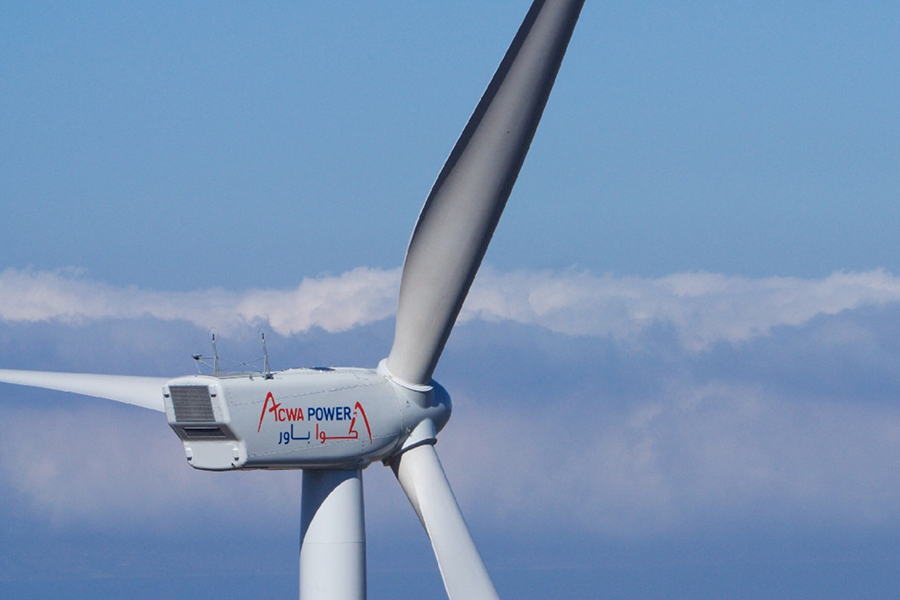
When the Red Sea Project is complete in 2030, it will be home to 50 hotels, offering up to 8,000 hotel rooms, and around 1,300 residential properties across 22 islands and six inland sites.
The first guests are expected to arrive by the end of 2022, when the international airport and the first four hotels will open.
“This is a pivotal moment for us as we seek to build a new kind of tourism destination in Saudi Arabia,” Pagano says. “The contract demonstrates international support and confidence for the vision that is becoming a reality along the Red Sea coast.”![]()



















